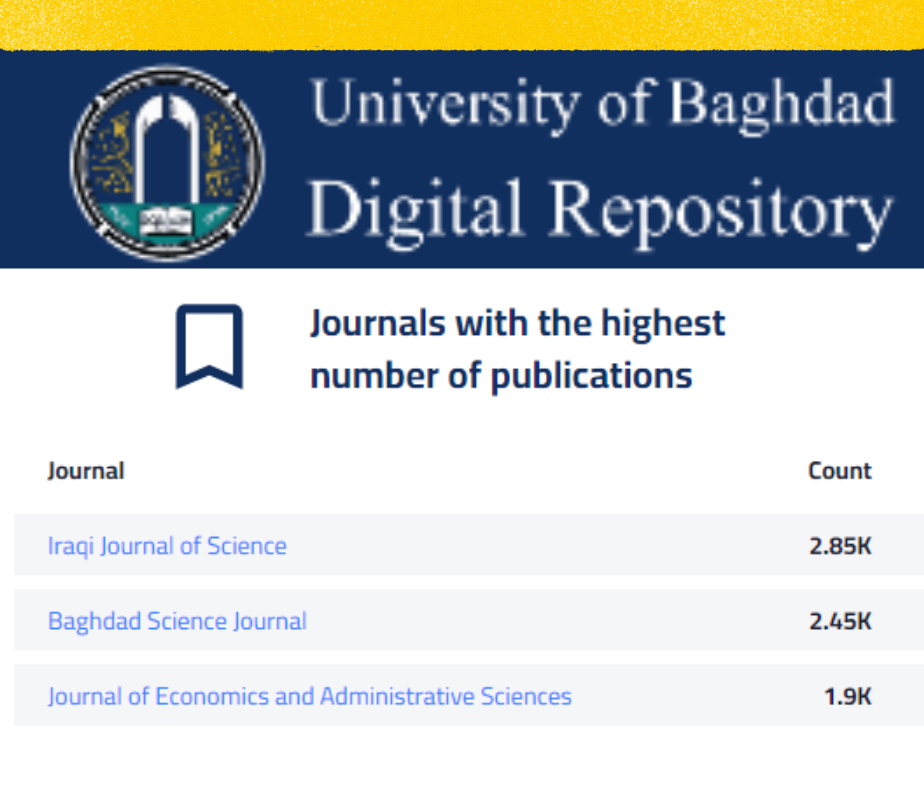A Comparison between robust methods in canonical correlation by using empirical influence function
DOI:
https://doi.org/10.33095/jeas.v27i128.2163Keywords:
Canonical Correlation, Outliers, Robust methods, Biweight Midcorrelation Coefficient, Kendall Tau Coefficient, Influence FunctionAbstract
Canonical correlation analysis is one of the common methods for analyzing data and know the relationship between two sets of variables under study, as it depends on the process of analyzing the variance matrix or the correlation matrix. Researchers resort to the use of many methods to estimate canonical correlation (CC); some are biased for outliers, and others are resistant to those values; in addition, there are standards that check the efficiency of estimation methods.
In our research, we dealt with robust estimation methods that depend on the correlation matrix in the analysis process to obtain a robust canonical correlation coefficient, which is the method of Biweight Midcorrelation coefficient (Bi) and Kendall-tau correlation coefficient (Ke).
From the comparison between these two methods through the empirical influence function with standard scaled and transformed estimator, the results indicated the efficiency and the preference of the (Bi) method. The study also has application with real data followed a multivariate normal distribution with two sets; the first group represents monthly averages for quantities of exported oil from three OPEC countries, namely Saudi Arabia, Iraq, and Kuwait, the other group represents the returns of those quantities for the period from 2015 to 2019, after applied (Bi) method and estimate IF, the strongest influence about CC was at thirty four-months and the lowest was at twenty-seven
Downloads
Downloads
Published
Issue
Section
License
Articles submitted to the journal should not have been published before in their current or substantially similar form, or be under consideration for publication with another journal. Please see JEAS originality guidelines for details. Use this in conjunction with the points below about references, before submission i.e. always attribute clearly using either indented text or quote marks as well as making use of the preferred Harvard style of formatting. Authors submitting articles for publication warrant that the work is not an infringement of any existing copyright and will indemnify the publisher against any breach of such warranty. For ease of dissemination and to ensure proper policing of use, papers and contributions become the legal copyright of the publisher unless otherwise agreed.
The editor may make use of Turnitin software for checking the originality of submissions received.













 How to use the OJS system
How to use the OJS system 











